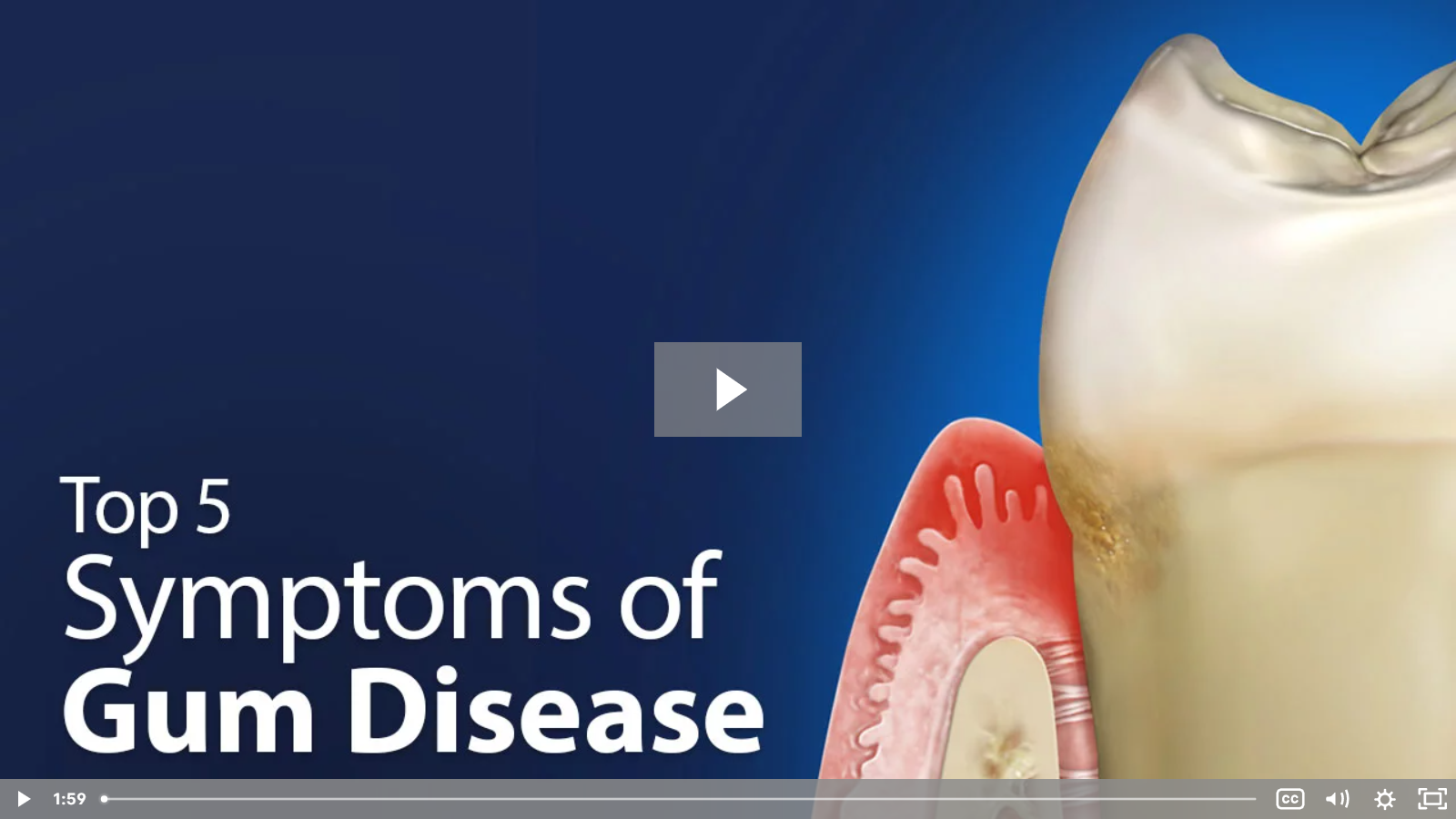Symptoms, Causes, Treatment of Gum Infection

A majority of adults in Australia are suffering from gum disease, a condition that ranges from gingivitis, which is the inflammation of the gums to periodontitis, which is the advanced form of gum disease. Gum disease is caused by a bacteria which is naturally present in the mouth combined with a sticky, colourless substance known as plaque.
Plaque if left to sit on the surface of the teeth can harden into a substance known as tartar which is more difficult to remove. Plaque and tartar attack the tooth enamel as well as the tissue below the gum line. Other causes that cause gum disease include a hormonal imbalance , pregnancy, menopause, and menstruating women. Also, certain illness such as diabetes and HIV can result in gum disease.
Bleeding gums is one of the obvious symptoms that you are suffering from gum disease. If your gums bleed after brushing your teeth, the chances are that you’re not brushing too hard,but you’re suffering from gum disease. This is the early stages of gum disease. You are also likely to see some blood after flossing as well due to irritation of the gums.
Other symptoms of gum disease include red and swollen gums, insistent bad breath and the formation of deep dental pockets between the teeth and the gums. The red and swollen gums are caused by the persistent action of bacteria on the gums. Persistent bad breath is due to the accumulation of plaque on the teeth which may form toxins.
So, what happens if you have already developed gum disease? Well, the main goal when it comes to treating gum disease is to control the infection. The type of treatment your dentist will recommend for you depends on the extent of the gum disease. However, irrespective of the type your dentist will recommend, you will be required to practice proper oral hygiene at home.
One of the methods of reversing gum disease is through professional dental cleaning. The dentist will use a method known as dental scaling to remove plaque and tartar from the surface of the teeth as well as below the gum line.However, if the dental pockets are deep in a way that they cannot return to the normal size on their own, your dentist will have to perform oral surgery. This will help in tightening the tissue back to normal. Root planning may also be necessary for treating periodontitis. If you have started to develop symptoms of gum disease, make sure you schedule a dental appointment with us at Springvale Dental Clinic.

Popular Articles
Gum Diseases And Non-surgical Gum Therapies
How to avoid tooth sensitivity and tooth ache during winter?
Which is better option – Deep Dental Cleaning or Regular Cleaning
